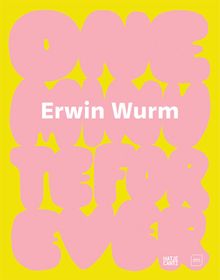| |||||||||||||||||||||||||
ARTIST MONOGRAPHS
|
|
STATUS: Out of stock indefinitely. |
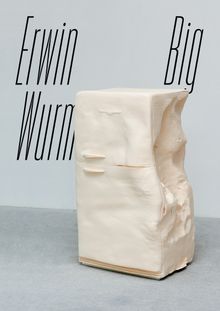 Erwin Wurm: Big
Erwin Wurm: Big
Published by Verlag für moderne Kunst.
Edited by Thomas Häusle. Text by Bazon Brock, Gerald Matt.
Austrian sculptor Erwin Wurm (born 1954) is widely acclaimed for his comedic approach to sculpture. This slipcased publication, which holds three booklets and 14 picture cards, opens up a conversation about humor and caricature in his work and more broadly.
PUBLISHER
Verlag für moderne Kunst
BOOK FORMAT
Slip, pbk, 6.75 x 9.5 in. / 104 pgs / 14 color.
PUBLISHING STATUS
Pub Date 10/19/2021
Out of stock indefinitely
DISTRIBUTION
D.A.P. Exclusive
Catalog: FALL 2021 p. 183
PRODUCT DETAILS
ISBN 9783903796362 FLAT40
List Price: $35.00 CAD $47.00
AVAILABILITY
Not available
STATUS: Out of stock indefinitely. |
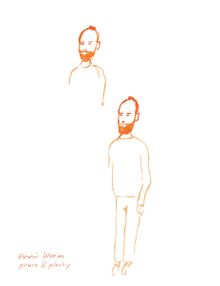 Erwin Wurm: Peace & Plenty
Erwin Wurm: Peace & Plenty
Published by Verlag für moderne Kunst.
Peace & Plenty gathers 447 works on paper by Vienna-based sculptor Erin Wurm (born 1954). Named after the Bahaman hotel where many of the works were created, the book features Wurm's daily drawings—portraits and self-portraits, ideas for One Minute Sculptures and sketches for his 2017 Venice Biennale project.
PUBLISHER
Verlag für moderne Kunst
BOOK FORMAT
Paperback, 9 x 11.75 in. / 504 pgs / 447 color.
PUBLISHING STATUS
Pub Date 2/19/2019
Active
DISTRIBUTION
D.A.P. Exclusive
Catalog: SPRING 2019 p. 195
PRODUCT DETAILS
ISBN 9783903228719 FLAT40
List Price: $75.00 CAD $105.00
AVAILABILITY
In stock
in stock $75.00 Free Shipping UPS GROUND IN THE CONTINENTAL U.S. |
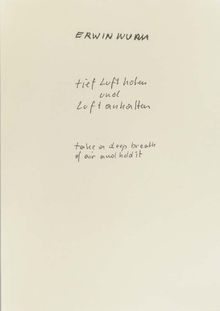 Erwin Wurm: Take a Deep Breath of Air and Hold It
Erwin Wurm: Take a Deep Breath of Air and Hold It
Published by Walther König, Köln.
This two-volume artist's book compiles descriptions for 40 imaginary sculptures by celebrated Austrian absurdist Erwin Wurm (born 1954). The texts are handwritten by Wurm in German and English.
PUBLISHER
Walther König, Köln
BOOK FORMAT
Slip, pbk, 2 vols, 6.75 x 9.5 in. / 44 pgs / 44 bw.
PUBLISHING STATUS
Pub Date 9/26/2017
Active
DISTRIBUTION
D.A.P. Exclusive
Catalog: SPRING 2018 p. 185
PRODUCT DETAILS
ISBN 9783960981114 FLAT40
List Price: $39.95 CAD $53.95
AVAILABILITY
In stock
in stock $39.95 Free Shipping UPS GROUND IN THE CONTINENTAL U.S. |
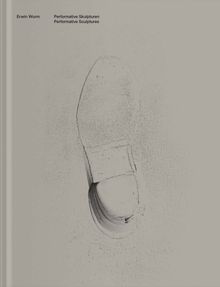 Erwin Wurm: Performative Sculptures
Erwin Wurm: Performative Sculptures
Published by Verlag für moderne Kunst.
Edited with text by Stella Rollig, Severin Dünser, Alfred Weidinger.
These works were comprehensively presented at the 21er Haus in 2017 for the first time. A majority of the 54 performative sculptures and statues have been developed especially for this exhibition. This catalog provides comprehensive insight into the cycle of works and analyses them against within the context of his artistic development.
PUBLISHER
Verlag für moderne Kunst
BOOK FORMAT
Hardcover, 8.75 x 11.5 in. / 216 pgs /65 color / 27 bw.
PUBLISHING STATUS
Pub Date 10/24/2017
Out of print
DISTRIBUTION
D.A.P. Exclusive
Catalog: SPRING 2018 p. 185
PRODUCT DETAILS
ISBN 9783903153677 FLAT40
List Price: $40.00 CAD $54.00
AVAILABILITY
Not available
STATUS: Out of print | 00/00/00 For assistance locating a copy, please see our list of recommended out of print specialists |
